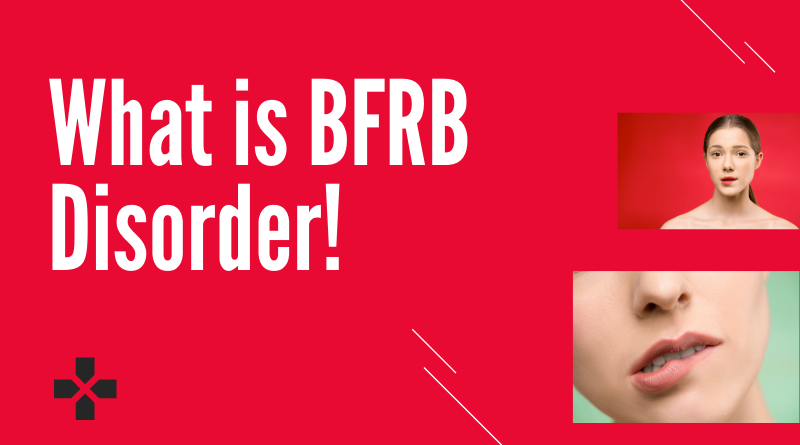BFRB Disorder (i.e Body Focussed Repetitive Behaviour Disorder) is a type of disorder
where an individual repeatedly harms their body because of unstoppable urges of biting,
pulling, and chewing and also focuses on trying to stop the behavior but is unable to do so.
BFRB is many times misunderstood with OCDs; both are not the same but are quite
similar.
Common types of BFRB
Hair Pulling disorder (trichotillomania)
It is a form of a BFRB disorder where the individual is repeatedly seen to pull hairs from different parts of their body such as eyelashes, scalp, eyebrows, and every other part of the body where there is hair growth, which leads to noticeable difference by forming patches of baldness. There are some cases where it is also seen that the individual, after pulling out their hairs, they also swallow it. It is important to have bfrb awareness for helping people in need.
Skin picking Disorder (Excoriation)
It is a type of BFRB disorder where the individual is repeatedly seen to be digging, pulling, picking, rubbing, scrubbing, touching, etc., which in the end, results into discoloration of the skin. Dermatillomania is another type of Excoriation where the individuals cannot keep them away from not picking the pimples, scabs, bumps etc.
Onychotillomania
It is also similar to excoriation but here in this case the pulling and pricking is done on fingernails and the skin around it using another finger.
Nail-Bitting (Onychophagia)
It is a type of bfrb disorder where the individual is continuously seen to be bitting the nail cuticles until it starts to bleed and also chew & swallow those cuticles.
Morsicatio Buccarum
It is a condition or a type of BFRB disorder where the individual cant prevents themselves from biting the inner areas of their mouth which by the end tends to swell up and cause sores. Since the inner area swells up after some time, it makes the
individual feel like chewing it more.
Morsicatio Linguarum
It is a type of BFRB where an individual gets the urge to chew their
sides of the tongue which is mainly caused due to excess stress.
Treatment for BFRB
The treatment for BFRB includes CBT, medicine and certain supplements such as amino
acids, N-acetylcysteine, Selective serotonin reuptake inhibitors (SSRIs) etc. There are few
behavioral therapies as well such as Awareness training, Stimulus control, Competing
response training. These pieces of training and therapies would help individuals to reduce
BFRB.
According to “The TLC Foundation for Body-Focused Repetitive Behaviors”- Causes of BFRB might be
Whenever an individual is doing an activity that is sedentary in nature such as lying down on the bed, listening to music or even class, or reading books, or talking on phone with someone, is in washroom, sitting on desk and working on computer or is studying; all these activities can make a person start BFRB. This shows that BFRB is done without focus on doing so. It is somewhat genetic in nature.
How BRFB Disorder Begins
Bfrb usually begins when the child or the individual is between the age of 11 to 15 years
but there is no hard and fast rule that these behaviors to start by this age only, it can start even as early as 1 yr of the child.
Myths on BFRB Disorder
1- BRFB and OCD are same.
2- BRFB leads to more significant problems.
3- Trichotillomania and Excoriation are a form of self-mutilation.
Treatment Therapy for BRFB
As mentioned earlier, BRBF can be treated with Psychotherapy and CBT. Habit
reversal traing can also be used to reduce BFRB which includes- awareness training,
competitive response training, social support. Comprehensive Behavioural Therapy can also be used. This process helps individuals to focus on understanding the reason of the individual to start BRFB, only then can the interventions be chosen accordingly. This can be done by assessment, self-monitoring, choosing individualized strategies, finding the internal and external triggers of BFRB. Acceptance and commitment therapy can also help to reduce BFRB. Other therapies include ACT-Enhanced Behavior Therapy, Dialectical Behavior Therapy, mindfulness, Emotion Regulation, and Distress Tolerance.
Read more:
How Aggression Is Related To Gender Difference: Male & Female
How Rapidly Phone Addiction Is Increasing – Did You Notice?

